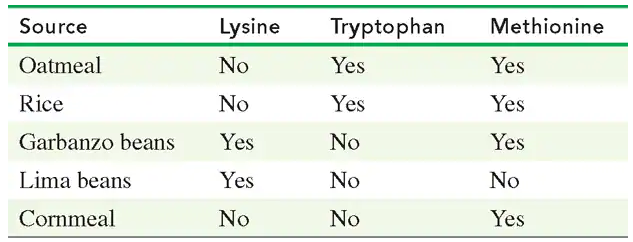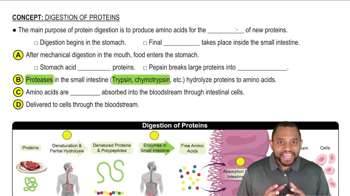What is meant by the following terms as they apply to protein structure, and what bonds or molecular interactions stabilize that level of structure?
a. Primary structure

 Verified step by step guidance
Verified step by step guidance Verified video answer for a similar problem:
Verified video answer for a similar problem:



 2:18m
2:18mMaster Primary Protein Structure Concept 1 with a bite sized video explanation from Jules
Start learning